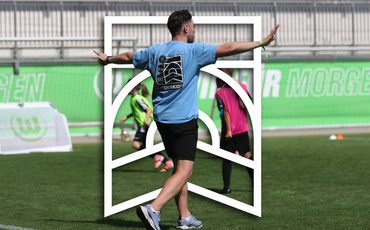Environmental Factors of Youth Sport Dropout
In this article, we turn our attention to the third and final dimension of the 3D model: Environmental Factors. These are the external conditions that shape a young person’s ability to participate in sport. While personal and social factors are crucial, environmental barriers can often be the deciding factor in whether a young person continues or drops out.
1. Opportunity
Access to sport opportunities is a major determinant of participation. This includes the availability of local clubs, facilities, and competitions that are appropriate for a young person’s skill level, interests, and needs. For example, a lack of girls-only sessions or inclusive programmes for children with disabilities can limit access. If the right opportunities aren’t available nearby, or if they don’t align with a young person’s motivations, dropout becomes more likely.
2. Material Resources
The cost of participating in organised sport has risen significantly in recent years. Club fees, travel expenses, equipment, and coaching can all add up—making sport inaccessible for many families. This financial barrier has led to a growing number of young people being “priced out” of sport. What should be a right for all children is increasingly becoming a privilege for those who can afford it.
3. Organisational Ability
Even when opportunities and resources are available, the ability to organise participation can be a challenge. This includes signing up for clubs, arranging transport, attending meetings, and managing schedules. Some families may have the financial means but lack the time or logistical capacity due to work commitments, multiple children, or other competing priorities. Without strong organisational support, consistent participation becomes difficult.
4. Time
Time is a precious resource—especially as young people grow older. Schoolwork, social life, part-time jobs, and family responsibilities all compete for their attention. For some, sport simply doesn’t fit into their increasingly busy lives. Others may be required to help at home, care for siblings, or contribute to the household income. These time pressures can gradually push sport out of the picture.
Conclusion
Environmental factors are often the invisible barriers that prevent young people from staying in sport. They interact with personal and social influences to create unique participation trajectories for each individual. As coaches, educators, and policymakers, understanding and addressing these barriers is essential to making sport more accessible, inclusive, and sustainable for all.
Watch the full video below
Comments
Related Pages


